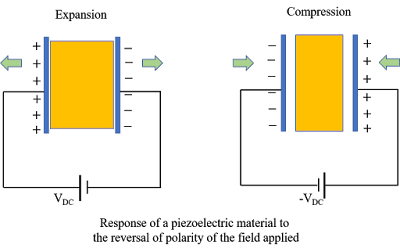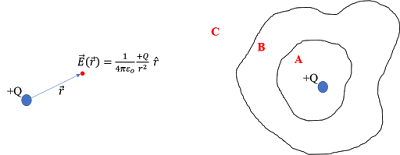Einstein's summation convention
The dot product between two vectors \(\textbf{A} = (A_{x},A_{y},A_{z})\) and \(\textbf{B} = (B_{x},B_{y},B_{z})\) yields \(\textbf{A} \cdot \textbf{B} = A_{x}B_{x}+A_{y}B_{y}+A_{z}B_{z}\). Here, the subscripts \(x,y\) and \(z\) denote components of vectors \(A\) and \(B\) along \((x,y\) and \(z\) axes respectively. In cases where the number of dimensions exceed 3, it is more convenient to label dimensions as {\(1,2,3,...\)} rather than letters {\(x,y,z,...\)}. With this change in labeling method, the vectors \(\textbf{A}\) and \(\textbf{B}\) can be rewritten as \(\textbf{A} = (A_{1},A_{2},A_{3})\) and \(\textbf{B} = (B_{1},B_{2},B_{3})\); and the dot product of the two vectors is \(\textbf{A} \cdot \textbf{B} = A_{1}B_{1}+A_{2}B_{2}+A_{3}B_{3}\). Thus, we label or index the three dimensions as {\(1,2,3\)} - a set of three numbers. We can rewrite the dot product as \[\textbf{A} \cdot \textbf{B} = A_{1}B_{1}+A_{2}B_{2}+A_{3}B_{3} = \sum_{i=1}^{3} \, A_{i}B_{i}\] This is a

